Psychosocial Development Badge
Trauma Informed Microcredential
Test Your Knowledge
Have you ever heard of the word psychosocial before? It's an important term to understand how humans can experience and respond to trauma because trauma has no boundaries with regard to age, gender, socioeconomic status, race, ethnicity, geography, or sexual orientation (SAMHAS).
Before we get started, let's see what you may already know.
Objectives
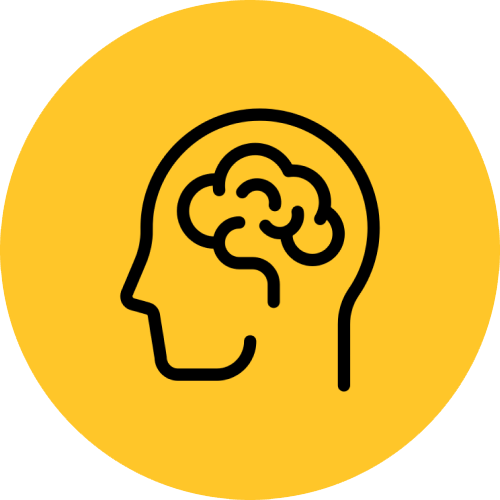
This module's goal is to provide you with a psychosocial perspective to understand human behavior and provide strategies to model it positively. By the end of this module, you will be able to:
Social Learning and Behavior
This section helps you understand an individual's experience through a psychosocial lens.
Have you ever wondered why you act the way you do? This video can help you understand more from a social learning perspective.![]()
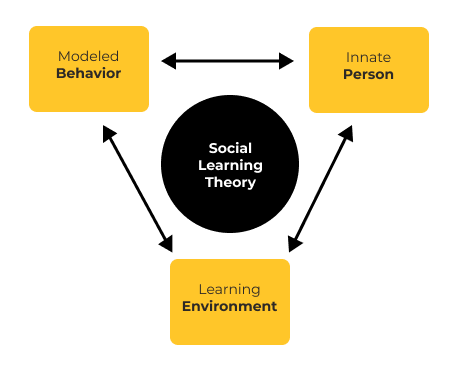
This type of social learning therapy uses modeling, verbal instructions, and symbolic ideas or items in their clients' life. However, social learning theory does not guarantee specific outcomes. Social Learning Theory supports that one's behavior is shaped throughout a human's life through reinforcement, punishment (Punishment can be problematic. Research supports that positive reinforcement is much more effective for behavior change than punishment), and observation. This theory supports that behavior is learned through imitation, observation, and expectations. Social learning theory suggests that self-efficacy and efficacy expectations play a large role in motivation and human behavior.
![]()
|
|
Social Learning Terms
Here are some critical terms to understand about why we learn the way we learn.
Instructions:
Remove Card - Click the "X" in the lower corner to temporarily remove this card once you are comfortable with the definition.
Flip - Click the "flip" icon in the lower center of the cards to reveal the definition for each term.
Reset - To reset all the cards, click on the gear icon in the lower left corner. Click the option to "refresh" the cards. This will restore all the removed cards.
The ABC's Of Behavior
This helps introduce you to the ABC's of behavior to understand behaviors and how they can change.
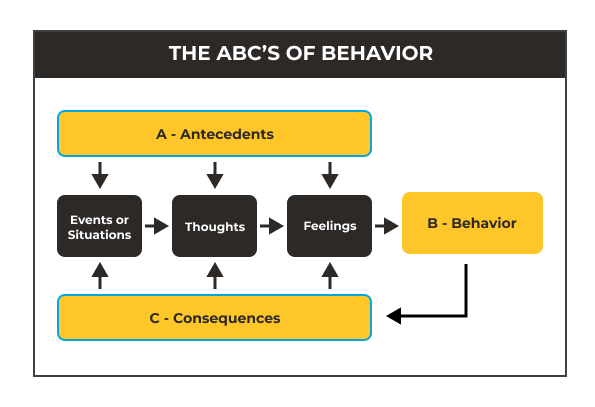 Antecedents - anything that happens before a behavior. Antecedents make behaviors more or less likely to occur. Here are examples of antecedents you may experience in your life;
Antecedents - anything that happens before a behavior. Antecedents make behaviors more or less likely to occur. Here are examples of antecedents you may experience in your life;
Behavior - an action performed by an individual that can be observed objectively and measured by an onlooker.
Consequences - anything that happens immediately after a behavior occurs. Consequences either make a behavior more or less likely to occur again. Consequences either make a behavior more or less likely to occur again.
Examples of a consequence we're all familiar with are the likes and shares on social media—time and attention are rewarding.
Post-Pandemic Statistics
It's important to have a psychosocial lens on our behavior because we're in crisis. Here is why...![]()
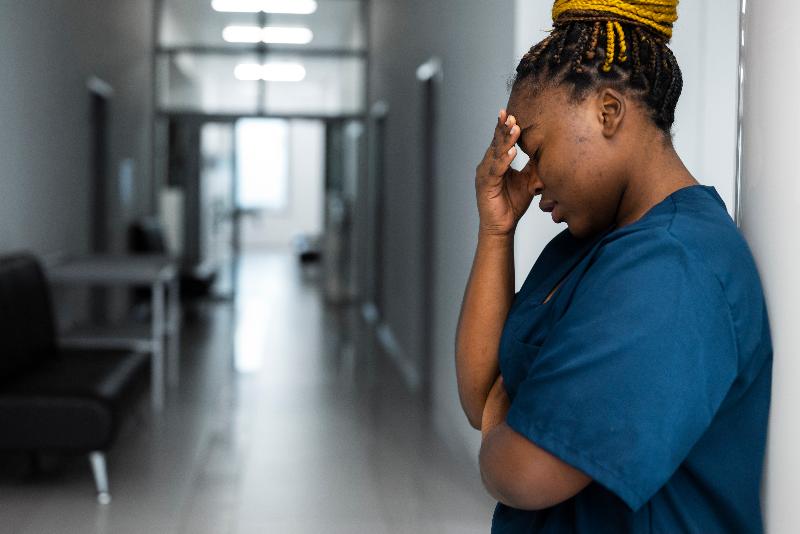 Among first responders, the prevalence of depression was 37% for paramedics, 28% for EMS personnel, and 22% for police. (Huang et al., 2022)
Among first responders, the prevalence of depression was 37% for paramedics, 28% for EMS personnel, and 22% for police. (Huang et al., 2022)
Additional Reading:
What's Killing Our Medics? Ambulance Service Manager Program
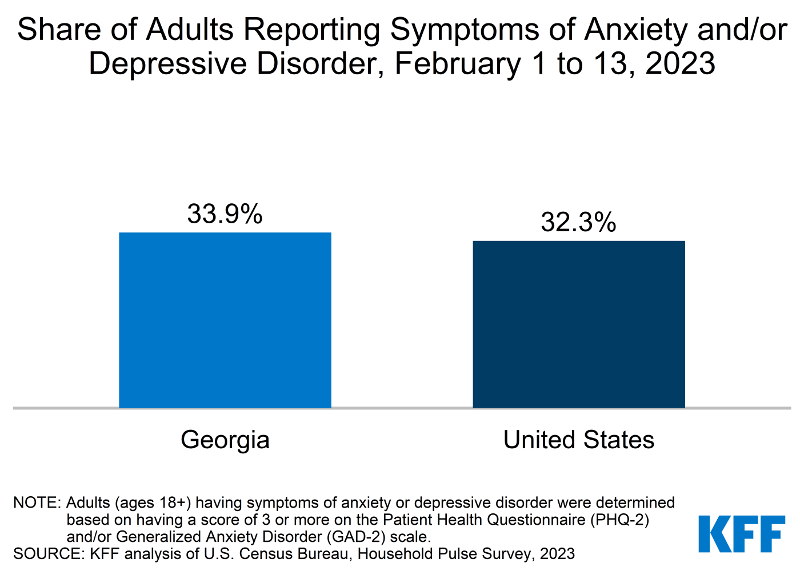 Georgia Adults have Third Highest Rise in Mental Health Issues.
Georgia Adults have Third Highest Rise in Mental Health Issues.
Georgia ranks third with a 1.50% increase from 2022 to 2023.
The average percentage of adults with mental health issues in 2023 is 29.45%.
In 2021, it was reported that over four million people in Georgia lived in communities that did not have enough mental health care professionals.
Georgia Adults have Third Highest Rise in Mental Health Issues
Adults needing and not receiving extra services (e.g. mental health care).
|
Mental Health Care Health Professional Shortage Areas (HPSAs), September 2022 |
||
|
|
Percent of Need Met |
Practitioners Needed to Remove HPSA Designation |
|
United States |
27.7% |
7,871 |
|
Georgia |
43.2% |
217 |
|
NOTE: Percent of need met is defined as the ratio of available psychiatrists to the number needed to eliminate the HPSA designation. Calculations are based on the number of psychiatrists and do not generally include other mental health care professionals. |
||
|
SOURCE: Bureau of Health Workforce, Health Resources and Services Administration, Designated Health Professional Shortage Areas Statistics: Designated HPSA Quarterly Summary , as of September 30, 2022. |
||
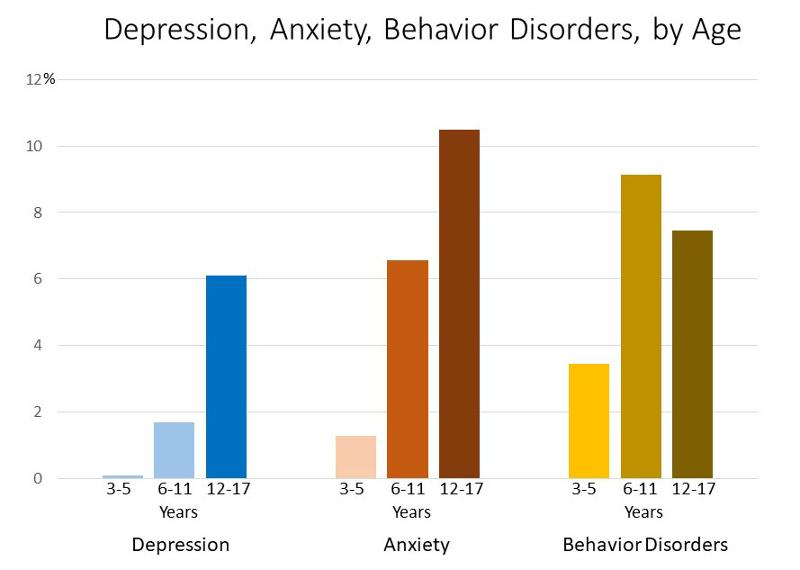 Up to 10% of children nationwide are being diagnosed with mental health disorders (CDC).
Up to 10% of children nationwide are being diagnosed with mental health disorders (CDC).
Two out of three children in need of extra services (e.g. mental health care) do not receive them.
Parental engagement is at its lowest.
According to Kids Count in 2020, 26,975 or 4.6% of teens ages 16-19 years old are high school dropouts, and 44,575 or 7.6% teens are not in school or working.
Parental engagement are at their lowest.
Profile of Child, Family, and Community Well-Being
A New Perspective on Trauma
These numbers have risen because more people experienced some sort of trauma from the pandemic.
Trauma![]() can be witnessed or experienced that can last hours, days, months or even years after the event has occurred.
can be witnessed or experienced that can last hours, days, months or even years after the event has occurred.
Trauma is an exceptional experience in which powerful and dangerous events overwhelm a person's ability to cope (Rice and Groves, 2005). Trauma can be witnessed or experienced that can last hours, days, months or even years after the event has occurred.
When people think about trauma, they often think about only one type of trauma. Big T (or Big Trauma) are universally known traumas such as abuse, neglect, and household dysfunction. However, there are two other kinds of trauma. Little T (or little trauma) can be individualized and not a collective agreement. For example, losing a pet or bullying can be more traumatic for some and not for others. Then there's cumulative trauma which is prolonged and accumulated over time. This kind of trauma is generational and systemic trauma. Let's learn how this is possible in this video.![]()
After the video, you can see how we react differently in environments due to many things that can happen before the behavior even occurs.
Adverse Childhood Experiences (ACEs)
Now that you have a better understanding of trauma and what it looks like, you can see some of the ways this can show up in childhood.
Let's take a look at what happens to our bodies when you experience ACEs;
Trauma's Impact on the Body and Brain
You just learned how ACEs are linked to toxic stress![]() that can damage the body and brain. If kids can experience this kind of stress, so can we as adults. Whether it's ACEs or one of the traumatic events you just read, your brain and body are impacted by trauma.
that can damage the body and brain. If kids can experience this kind of stress, so can we as adults. Whether it's ACEs or one of the traumatic events you just read, your brain and body are impacted by trauma.
Consider taking the Trauma Informed Biology Module to learn more about ACEs and the effects it has on the body and brain. If you're taking the other 4 Trauma Informed Modules, you'll learn more about this important topic.
You're probably thinking, "Why am I being asked about ACEs as an adult?" The answer is, Chronic ACEs extends into adolescents and adulthood. Research has shown that ACEs link to chronic health problems, mental illness, substances misuse, and relationship challenges.
Consider taking the Trauma Informed Biology Module to learn more about ACEs and the effects it has on the body and brain. If you're taking the other 4 Trauma Informed Modules, you'll learn more about this important topic.
You interact with individuals where ACEs can intertwine with their life.
ACEs-related health consequences cost an estimated economic burden of $748 billion.
Click this link for free resources for parents, caregivers, educators and professionals from the ChildTrauma Academy Library.
The Power of a Psychosocial Perspective
This information is important to everyone because "what is predictable is preventable" – Robert Anda.
"Prevention always costs less than intervention. Effective intervention cost at least $5,000 a year. This is why you're here. A psychosocial perspective helps us understand how we learn and what gets in the way. Our knowledge helps us recognize trauma and mitigate its impacts with evidence-based practices and compassion.
(Robb et al., 2011)
We want to help you take the most away from this training. Tell us what you already know that makes you less likely to learn?
From the CDC: What are adverse childhood experiences?
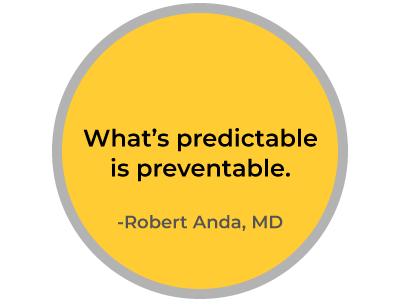
Reading opportunties
Understanding Child Trauma
Protective and Risk Factors Associated With Trauma
Prevent Child Abuse Georgia
|
Preventing ACEs |
|
|
Strategy
|
Approach |
|
Strengthen economic supports to families |
|
|
Promote social norms that protect against violence and adversity |
|
|
Ensure a strong start for children |
|
|
Teach skills |
|
|
Connect youth to caring adults and activities |
|
|
Intervene to lessen immediate and long-term harms |
|
|
What Interfeares with High Quality Implementation? |
||||
|
|
|
|
|
|
|
Time demands |
Knowldge |
Skills |
Beliefs |
Lack of support for implementation |
Individual Perceptions of Experiences
Now that you have more knowledge about how we learn, you can see how humans have individual perceptions of events that happen in their life. Let us show you.
This is how reality is in the eye's of the beholder. Individuals can see things differently based on where we place focus on and everyone focuses on different things. This is key when understanding how humans may see some events as Big Ts and Little Ts.
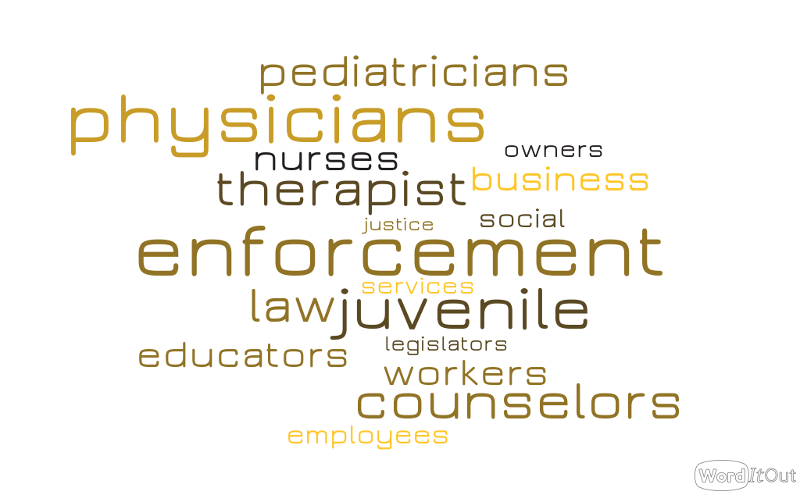 It's important for a professional like yourself to understand how ACEs can affect others with things like absenteeism, turnover, and not reaching one's potential.
It's important for a professional like yourself to understand how ACEs can affect others with things like absenteeism, turnover, and not reaching one's potential.
Were talking about ACEs because what impacts children, impacts all of us. For example, out-of-pocket costs for healthcare go up as number of ACEs goes up (Schickedanz et al., 2019).
Suggested Reading:
Common Trauma Symptoms in Students and Helpful Strategies for Educators
Risk Factors
It is very important to know that ACEs increase the likelihood of experiencing behavior, mental, and physical risk factors; however, ACEs do not set one's destiny.
ACEs do not have a single cause. They can take several different forms which means, from a psychosocial perspective, many can factors contribute to ACEs. You have learned how personal traits, experiences, parents, family environment, and community can influence how one lives with ACEs. You can learn more about individual, family and community risk factors in the Trauma Informed Biology Module.
Protective Factors
Shifting our perspective, we recognize that a wide array of protective factors can enhance the resilience of children and individuals who have experienced Adverse Childhood Experiences (ACEs).

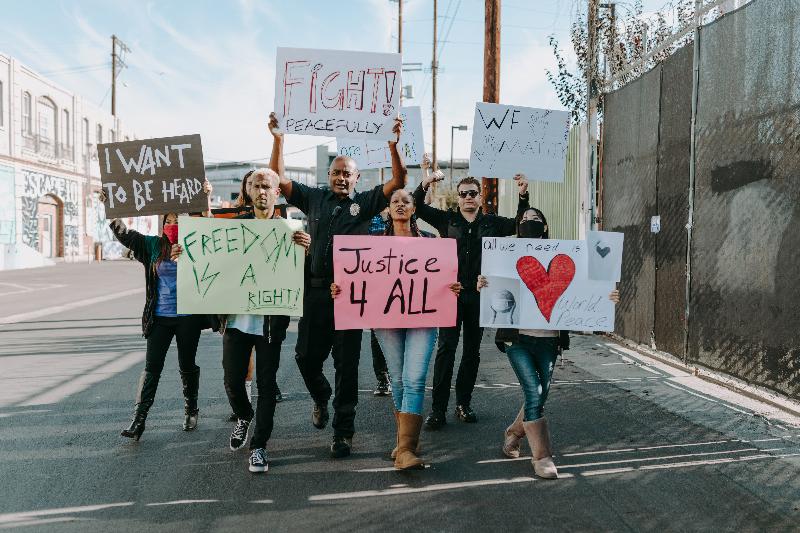 Communities with access to the following are better equipped to support the well-being and resilience of their residents:
Communities with access to the following are better equipped to support the well-being and resilience of their residents:
These provide families with valuable resources to promote child development and parental support.
Communities foster overall well-being and saftey with:
Conventional vs. Trauma Informed Thinking
To prevent ACEs and protect children from neglect, abuse, and violence, it is essential to address each of these factors. This goes the same way for helping adults who have experienced one or more ACEs.
 ACEs do not set one's destiny but can increase those risk factors. Therefore, it is helpful for us to shift from conventional thinking to trauma-informed thinking. This brings awareness to the need to be sensitive to what happened to a person and that challenging behaviors may result from their traumatic experiences.
ACEs do not set one's destiny but can increase those risk factors. Therefore, it is helpful for us to shift from conventional thinking to trauma-informed thinking. This brings awareness to the need to be sensitive to what happened to a person and that challenging behaviors may result from their traumatic experiences.
Let's get started on how trauma informed approaches to care shift the focus fr om " What's wrong with you?" to "What happened to you?"
Providing trauma-informed care can have effective strategies.
Using ABCs for Prevention
Research conducted provides us with the knowledge of what works and what doesn't work.
Read here for additional information:
SAMHSA's Concept of Trauma and Guidance for a Trauma-Informed Approach
Mindfulness and Self-Care as Skills
Mindfulness is simply being aware of the present moment without judgement. This can include one's internal states and surroundings. Mindfulness can help people avoid destructive or automatic habits and responses by learning to observe their thoughts, emotions, and other present-moment experiences without judging or reacting to them (APA).
Why Mindfulness is a Superpower
Meditation 101: A Beginner's Guide
How Mindfulness Empowers Us
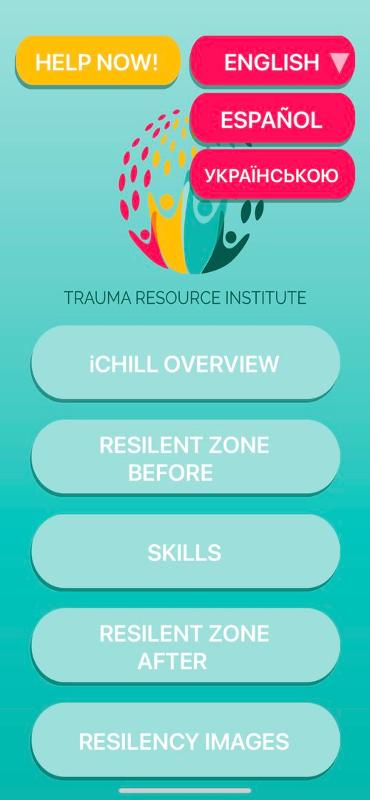 Reference iChill app from Trauma Resource
Reference iChill app from Trauma Resource
https://www.traumaresourceinstitute.com/ichill
Self -Care is taking the time to do things that help you live well and improve both your physical and mental health. Small acts of self-care in your daily life can have a big impact!
Trauma – Informed Perspectives Start with You
We've learned that we as individuals have our own way of learning and interpreting things around us. It's important to see what perspective barriers we may have when working with others, as well as helping ourselves. This will help you as professionals build relationships that can create lasting change.
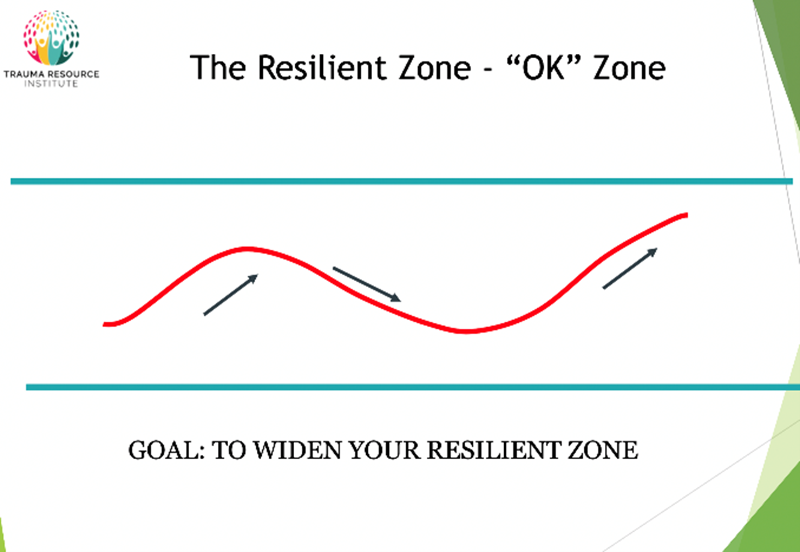 This practice starts with recognizing and reflecting within yourself. A trauma informed perspective starts associating trauma with resiliency. Resiliency is an individual's and community's ability to identify and use individual and collective strengths in living fully with compassion in the present moment. This also means to thrive while managing the activities of daily living (Trauma Resource Institute. 2024. Community Resiliency Model (CRM)®.
This practice starts with recognizing and reflecting within yourself. A trauma informed perspective starts associating trauma with resiliency. Resiliency is an individual's and community's ability to identify and use individual and collective strengths in living fully with compassion in the present moment. This also means to thrive while managing the activities of daily living (Trauma Resource Institute. 2024. Community Resiliency Model (CRM)®.
Children who have experienced trauma can therefore develop resilience when supported by caring, safe, nurturing adults, and thrive when presented with positive new opportunities and learning experiences (Reed, 2006).
The resilient zone can be known as the "bounce back" zone where you're able to adapt. Above the resilient zone can lead to us feeling agitated, on edge and angry. Below the resiliency zone can lead to us feeling depressed, anxious and low on energy.
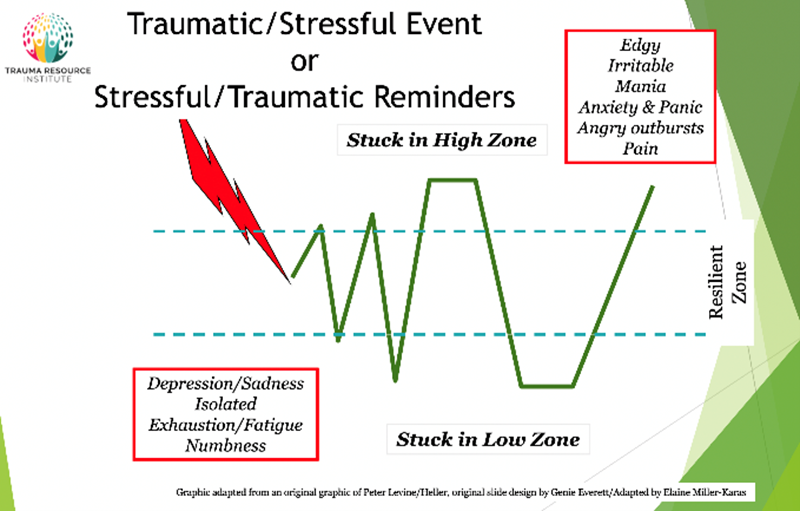 It is important to remember, however, that the resilient zone is not the happy zone. You can still be sad, but the difference is you feel like you can handle the sadness and still be in your resilient zone.
It is important to remember, however, that the resilient zone is not the happy zone. You can still be sad, but the difference is you feel like you can handle the sadness and still be in your resilient zone.
Resiliency-informed thinking is the action of sharing skills of well-being to reduce the physiological and emotional toll of traumatic experiences. Instead of asking what is wrong, we ask what happened to you and then ask questions like, "What or who has helped you get through?" and "What are your strengths?".

Review Developing Resilience and Supportive Relationships
Post Test
Case Study
Glossary
Absenteeism - Frequent absences from work that are not due to valid reasons.
ACE - Potentially traumatic events that occur in one's childhood such as: emotional, verbal, or physical abuse, neglect, witnessing the death of a loved one, having a parent with a substance use disorder, or witnessing violence, among other events.
Adverse Childhood Experiences (ACEs) - Events that occur in childhood that are potentially traumatic to the individual.
Adverse community factors - Community experiences such as high rates of violence, poverty, limited educational and economic opportunities, and unemployment, easy access to drugs that can impact wellbeing.
Antecedents - Anything that happens before a behavior. Antecedents make behaviors more or less likely to occur.
Behavior - is an action performed by an individual that can be observed objectively and measured by an onlooker.
Big T (or Big Trauma) - Universally known traumas such as abuse, neglect, and household dysfunction.
Commands - Instructions that are specific and stated directly to tell a child and adult what you want them to accomplish.
Consequences - Anything that happens immediately after a behavior occurs. Consequences either make a behavior more or less likely to occur again.
Conventional thinking - Assumes problematic behaviors result from a person being "bad,' and they must be punished.
Cumulative Trauma - Trauma that is prolonged and accumulated over time.
Expectations - What one anticipates will happen if one behaves in a certain way.
Grounding - The direct contact of the body or part of the body with something that provides support in the present moment.
Grounding - Strategies that can help a person center themselves to cope with emotion and traumatic experiences.
Imitation - Using an individual's behavior as a model.
Languishing - A state of low well - being. Languishing states have low levels of emotional, social and psychological well - being indicators.
Little T (or little trauma) - Trauma that can be individualized and not a collective agreement. For example, losing a pet or bullying can be more traumatic for some and not for others.
Loss of privileges - Withholding a reward when a child exhibits negative behavior.
Modeling - Modeling occurs when an individual provides an example of a behavior that an observer can imitate or copy. Modeling can also occur inadvertently. For example, children watch how others behave. If they like the outcome, they will imitate the behavior.
Motivation - Motivation determines if a person will want to imitate a modeled behavior.
Negative Punishment - Decreases the likelihood the behavior will occur again with the removal of something.
Negative Reinforcement - Negative reinforcement involves the removal of something that discourages the behavior from occurring again.
Observation - Seeing the behaviors of others.
Peer Support - Using one's experiences and strengths to support another person.
Planned Ignoring - Not giving attention to negative behavior.
Planning Ahead - Taking time to think about different behavioral stages/alternative solutions that will promote positive behavior.
Positive Attending - Reinforcing positive behavior.
Positive Reinforcement - Positive reinforcement involves the addition of something that increases the likelihood the behavior will occur again.
Positive Punishment - Decreases the likelihood the behavior will occur again with the addition of a consequence.
Protective factors - Social, cultural, biological, psychological, and economic factors that positively affect one's resilience or ability to persevere in aversive situations.
Psychosocial - How an individual's psychological and behavioral factors intertwine with social, community and cultural factors.
Psychotherapy - The use of psychological methods, particularly when based on regular personal interaction, to help a person change behavior, increase happiness, and overcome problems.
Punishment - Punishment is a consequence that follows a behavior that decreases the probability that the person will repeat the behavior. Punishment often takes the form of loss of privileges or a timeout from fun activities.
Recovery - A process of change through which individuals improve their health and wellness, live a self - directed life, and strive to reach their full potential. The four major dimensions that support a life in recovery are overcoming or managing one's diseases or symptoms, having a stable and safe place to live, engaging in meaningful daily activities, and developing relationships and social networks.
Reinforcement - Reinforcement is a consequence that follows a behavior that may either increase or decrease the likelihood that the person will repeat the behavior. Reinforcement can be negative or positive.
Resiliency - An individual's and community's ability to persevere in aversive situations, live fully and thrive.
Resiliency Pause Questions -
Resiliency - informed Thinking - The action of sharing skills of well - being to reduce the physiological and emotional toll of traumatic experiences.
Resourcing/Resource Intensification - Strengthens the "felt sense" of the resource and overrides attention that automatically goes to unpleasant sensations.
Risk Factors - Social, cultural, biological, psychological, and economic factors that negatively affect one's resilience or ability to persevere in aversive situations.
Safety - Creating a safe psychical and social - emotional environment.
Self - Care - Taking the time to do things that help you live well and improve both your physical and mental health.
Self - efficacy - In psychology, self - efficacy is an individual's belief in their capacity to act in the ways necessary to reach goals.
Setting - The environment that a child is in.
Social Learning Perspective/Theory - Theory created by Albert Bandura that says learning occurs through observations of other's behaviors in one's social environment (modeling) and that these behaviors are then imitated based on the perceived reward or punishment of those actions.
Symbolic Ideas - This type of learning occurs when behaviors are demonstrated through books, movies, television, or online media, such as Facebook, TikTok, or other online sites.
Systemic empathy - an empathetic attitude
Time out - When a child is removed from the environment where the negative behavior has occurred for a specific amount of time.
Toxic Stress - Stress that occurs constantly or chronically, can impact multiple aspects of one's life, and can impair functioning.
Tracking - Noticing or paying attention to what is happening insider your body at the present moment.
Transitional Warnings - Letting your child know that an activity is about to end and preparing them to perform another activity.
Trauma - an exceptional experience in which powerful and dangerous events overwhelm a person's ability to cope
Trauma-informed Approaches - approaches to care shift the focus from "What's wrong with you?" to "What happened to you?"
Trauma-informed Practice - The recognition of the existence and prevalence of trauma
Trauma-informed Thinking - thinking that brings awareness to the need to be sensitive to what happened to a person and that challenging behaviors may result from their traumatic experiences.
Traumatic experiences - de-stressing events that cause psychological or physical harm to a person.
Trustworthiness - Being reliable, honest, and truthful in one's actions and words.
Verbal Instructions - Verbal instruction involves one hearing a description of behavior and then adjusting their behavior based on that description.
When/Thens - Commands formed to instruct the child that when they accomplish a task, the result is that they will receive a positive award.
References![]()
Abbot, C., Barber, E., Burke, B., Harvey, J., Newland, C., Rose, M., & Young, A. (2015). What's killing our medics? Ambulance Service Manager Program. Conifer, CO: Reviving Responders. Retrieved from http://www.Revivingresponders.com/originalpaper
Robb JA, Sibley MH, Pelham WE Jr, Foster EM, Molina BS, Gnagy EM, Kuriyan AB. The Estimated Annual Cost of ADHD to the U.S. Education System. School Ment Health. 2011 Sep 1;3(3):169-177. doi: 10.1007/s12310-011-9057-6. PMID: 25110528; PMCID: PMC4123753.
(Schickedanz AB, Escarce JJ, Halfon N, Sastry N, Chung PJ. Adverse Childhood Experiences and Household Out-of-Pocket Healthcare Costs. Am J Prev Med. 2019 May;56(5):698-707. doi: 10.1016/j.amepre.2018.11.019. Epub 2019 Mar 21. PMID: 30905486; PMCID: PMC6475485.)
Acknowledgements